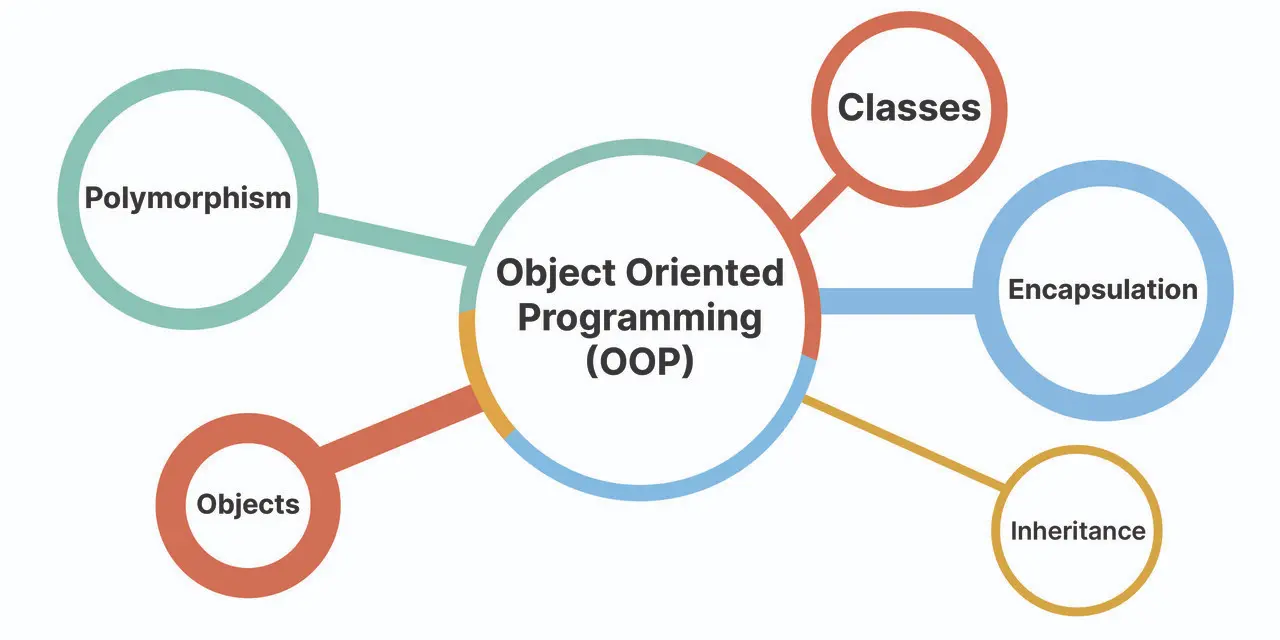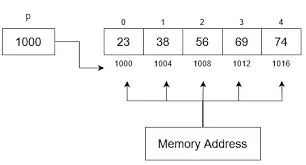Database Fundamentals for Beginners
A structured repository created to effectively store, retrieve, and manage data is called a database. Databases are available in a variety of formats to accommodate the wide range of demands of contemporary industry.
Database may store binary files, documents, photos, videos, relational and transactional data, multidimensional or analytical data, and geographic information, among other kinds of data, depending on its intended use.
The Importance of Databases in Modern Applications
- Effective Scaling: Databases are made to effectively handle enormous amounts of data—millions or even billions of records. Organizations can grow their data operations thanks to this scalability without sacrificing performance or speed. Databases can manage higher user loads and bigger datasets by either vertically scaling (upgrading hardware) or horizontally scaling (adding additional servers). Without this capability, handling such enormous volumes of digital data by hand or using static systems would be very difficult, ineffective, and prone to mistakes.
- Integrity of Data: It's critical to preserve data consistency and correctness, particularly when systems expand and data changes. Constraints, data types, and relationships, such as primary and foreign keys, are examples of built-in rules that databases use to enforce this. Even in situations of failure or concurrency, features like transaction control (Consistency, Isolation, Durability) guarantee that actions are carried out dependably. This ensures that the data is reliable and legitimate no matter how much it changes or expands over time.
- Data Security Databases employ multiple layers of security to protect sensitive information, starting with user authentication to ensure that only authorized individuals can access the system. They also implement access control mechanisms that restrict data visibility and modification based on user roles and responsibilities. Additionally, encryption is used to secure data both in transit and at rest, providing a strong defense against unauthorized access and potential data breaches.
Important Characteristics of a Database
- Structured Data Storage: This refers to organizing data in well-defined formats such as tables, documents, or key-value pairs. By storing data in an orderly way, it becomes easier to manage and understand. For instance, document-oriented databases use flexible formats like JSON, relational databases organize data into rows and columns within tables, and key-value stores allow quick retrieval by saving data as paired keys and values.
- Efficient Data Access Powerful search and query capabilities allow users to quickly retrieve specific information without scanning entire databases. Query languages such as SQL help improve performance and usability by enabling precise filtering, sorting, and summarizing of data in relational databases.
- Scalability and Security: Databases are designed to grow by scaling vertically or horizontally, ensuring they can handle increasing amounts of data and processing needs without losing performance. At the same time, robust security features like encryption, user authentication, and access controls protect sensitive data from unauthorized access and maintain data accuracy.
Basic Parts of a Database
- Users: Users are any entities that interact with the database, including people, applications, or other systems. They can perform various actions such as entering, updating, querying, or deleting data. Examples include developers who write queries, database administrators who manage the system, and end users who retrieve information.
- Data: Data forms the core of any database. It consists of the actual information stored and managed, which can include text, numbers, dates, multimedia, or any relevant content. The value of a database depends heavily on the accuracy, organization, and quality of this data.
- Schema: The schema defines the structure of the database, essentially serving as a blueprint. It outlines how data is organized by specifying data types (such as integer, text, date), tables (containers for data), columns (fields within tables), and relationships between data entities (like one-to-many or many-to-many). A well-designed schema ensures consistent data formatting and supports effective querying and data integrity.
- Queries:
Queries are instructions written in a database language—most commonly SQL—that allow users to interact with the database. They enable tasks such as:
- Data definition: creating, modifying, or deleting database objects like tables and indexes.
- Data manipulation: adding new data, updating existing records, or deleting unnecessary information.
- Data retrieval: extracting and filtering data based on specific criteria.Queries give users the ability to efficiently access and manage data.
- Database Management System (DBMS): A DBMS is software that acts as an intermediary between users and the database. It handles all aspects of data storage, retrieval, and modification, ensuring these operations are efficient, secure, and reliable. The DBMS manages concurrent access by multiple users, enforces rules to maintain data integrity, and provides backup and recovery features. Examples of popular DBMS software include Oracle Database, Microsoft SQL Server, PostgreSQL, and MySQL.
Categories of Databases
- Object Oriented Database Similar to how data is organized in object-oriented programming languages like Java or C++, object-oriented databases store information as objects. Complex data and relationships can be represented more naturally thanks to this paradigm, which combines data and the activity that go along with it into a single object. Applications that need complex data types, like engineering design systems, CAD, and multimedia, benefit greatly from this method since it makes development and maintenance easier by encapsulating data and behavior.
- NoSQL Databases: Because unstructured and semi-structured data do not cleanly fit into conventional table forms, NoSQL databases are made to handle them effectively. High performance, scalability, and flexibility are what they offer to contemporary systems that manage massive amounts of quickly evolving data. NoSQL includes a variety of kinds, including graph databases, document stores (like MongoDB), key-value stores (like Redis), and wide-column stores. These databases are perfect for applications that need horizontal scaling, content management, massive data processing, and real-time analytics.
- Cloud Databases: Cloud databases are accessible via the internet and are housed on public, private, or hybrid cloud platforms. They provide notable benefits in terms of scalability, flexibility, and remote accessibility and support the storage of both structured and unstructured data. Cloud databases facilitate simple resource provisioning, do away with the need to manage actual infrastructure, and frequently come with built-in redundancy and backup features. Microsoft Azure SQL Database, Google Cloud SQL, and Amazon RDS are a few examples.
- Relational Databases: Relational databases organize data into tables with rows and columns, where a record is represented by a row and a data attribute by a column. Primary and foreign keys are used to establish relationships between tables. This paradigm ensures data consistency and integrity by adhering to a rigid schema. Relational databases are used extensively in financial applications, corporate systems, and any other setting where effective storage and querying of structured data with intricate relationships is required. MySQL, PostgreSQL, Oracle Database, and Microsoft SQL Server are examples of well-known relational databases.
- Distributed Database Multiple data files or fragments kept in numerous physical locations, possibly dispersed across multiple servers or geographical regions, make up a distributed database. Through localizing access and facilitating parallel processing, this distribution improves fault tolerance, performance, and data availability. Distributed databases are appropriate for large-scale systems and worldwide applications because they need mechanisms to guarantee data consistency, synchronization, and coordination among nodes.
- Network Databases: Data is arranged in network databases as a group of records linked together to create a flexible structure resembling a graph. Network databases permit entries to have many parent and child links, in contrast to hierarchical databases that have rigid parent-child relationships grouped in a tree. This adaptability makes it possible to represent increasingly intricate linkages, such many-to-many associations, which are prevalent in manufacturing, transportation, and telecommunications networks. For record traversal, the model relies on sets and pointers.
- Operational Database: Operational databases are made to handle the creation, updating, and processing of data in real time. Order processing, inventory control, banking transactions, and customer relationship management are just a few of the everyday business operations that depend on them because of their high transaction throughput and fast response times. To enable continuous, mission-critical operations, these databases place a strong emphasis on data consistency and integrity across concurrent operations.
Latest Posts

How to Configure Ad hoc Wireless Network.
LetUsLearn
May 28, 2025

Object Oriented Programming in C++ for Beginners.
LetUsLearn
May 28, 2025

Array, Structure, and Pointer in C++.
LetUsLearn
May 28, 2025

I’m committed to providing tailored solutions and always ready to assist if any issue arises.
LetUsLearn